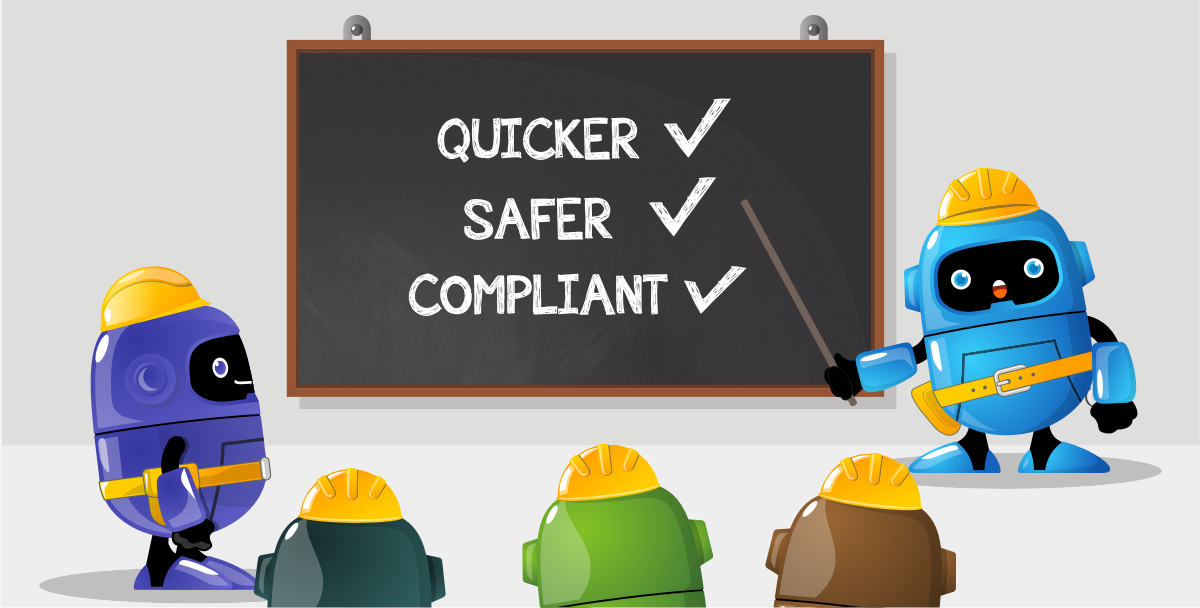The Codes of a Chemical Risk Assessment

Chemistry is complicated stuff and a risk assessment for chemicals is no different. The range of hazardous chemicals used in the Australian construction industry is only overshadowed by the number of risks associated with them. A chemical risk assessment must take all of these inherent dangers into account but understanding every substance or chemical, along with the
associated risks and hazards, is not a reasonably practicable option for most construction businesses.
Therefore the Safe Work Australia provides a list of codes used in Safety Data Sheets to explain the various hazards and risks associated with hazardous chemicals. This resource is provides both construction workers and managers with quick and easy to understand explanations of each chemical code and the related hazard.
Your hazardous substances risk assessment should then include these codes in the risk identification process when applicable. The benefit of including this in your chemical risk assessment form is that it not only improves how workers understand the risk involved with hazardous chemical but it also displays an attempt on behalf of the PCBU to ensure a safe working environment.
To improve your chemical risk assessments along with your workplace health and safety, you can access a full list of the codes here.







 Keeping up with technological advancements in the field of hazard and risk management is tiresome and at times just too much of a hassle. But turning a blind eye to developments in the risk analysis process will come at cost to business productivity and even worker safety.
Keeping up with technological advancements in the field of hazard and risk management is tiresome and at times just too much of a hassle. But turning a blind eye to developments in the risk analysis process will come at cost to business productivity and even worker safety.



